Scientific name Polypodiales Rank Order | Division Pteridophyta Higher classification Leptosporangiate fern | |
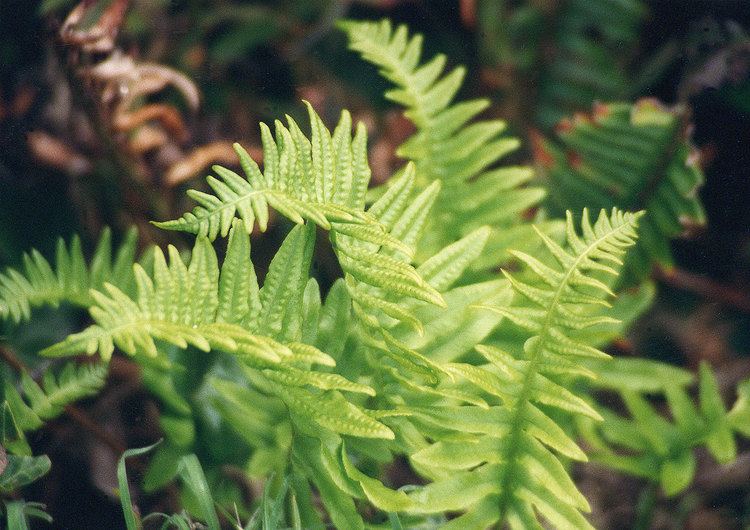 | ||
Lower classifications | ||
The order Polypodiales encompasses the major lineages of polypod ferns, which comprise more than 80% of today's fern species. They are found in many parts of the world including tropical, semitropical and temperate areas. The characteristics of this group include: sporangia with a vertical annulus interrupted by the stalk and stomium; indusia laterally or centrally attached (or lost); gametophytes green, chordate, and surficial.
Contents
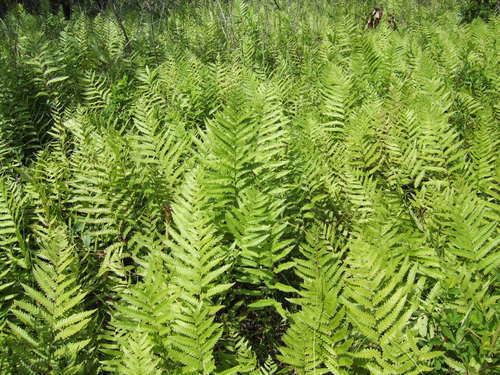
Polypodiales may be regarded as one of the most evolutionarily advanced orders of monilophytes (ferns), based on recent genetic analysis. They arose and diversified about 100 million years ago, probably subsequent to the diversification of the angiosperms.
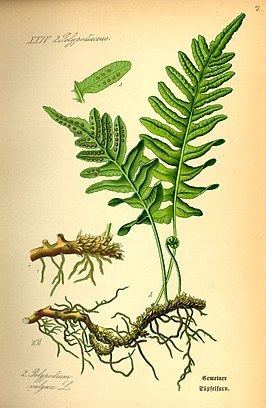
Classification
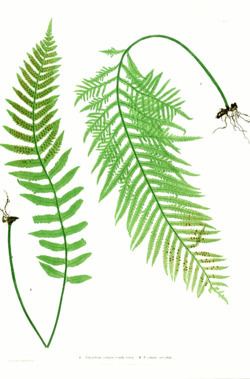
In the molecular phylogenetic classification of Smith et al. in 2006, the Polypodiales were placed in the leptosporangiate ferns, class Polypodiopsida. Fifteen families, including members of the eupolypods, comprising two unranked clades, were recognized: Lindsaeaceae, Saccolomataceae, Dennstaedtiaceae, Pteridaceae, eupolypods I (Aspleniaceae, Thelypteridaceae, Woodsiaceae, Blechnaceae, and Onocleaceae), and eupolypods II (Dryopteridaceae, Lomariopsidaceae, Tectariaceae, Oleandraceae, Davalliaceae, and Polypodiaceae). While many of these families had previously been recognized with similar superscriptions, the authors noted that Dryopteridaceae was more narrowly bounded than in historical circumscriptions, which had included their Tectariaceae, Onocleaceae, and Woodsiaceae. The circumscription of Lomariopsidaceae changed dramatically, most historical genera of that family (except Lomariopsis and Thysanosoria) being moved to Dryopteridaceae, while Cyclopeltis and Nephrolepis were added. Saccolomataceae were removed from the dennstaedtioids. Cystodium was tentatively placed in Lindsaeaceae, away from its historical position with the tree ferns. Woodsiaceae was acknowledged to be of uncertain circumscription and perhaps paraphyletic; the inclusion of Hypodematium, Didymochlaena, and Leucostegia perhaps also rendering Dryopteridaceae paraphyletic. The grammitids were included in Polypodiaceae to render that family monophyletic.
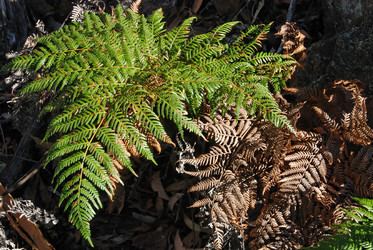
The linear sequence of Christenhusz et al. (2011), intended for compatibility with the classification of Chase and Reveal (2009) which placed all land plants in Equisetopsida, reclassified Smith's Polypodiopsida as subclass Polypodiidae and placed the Polypodiales there. This classification incorporated new phylogenetic evidence to make several changes at the familial level. Lonchitis and Cystodium were removed from the Lindsaeaceae and incorporated into new families, Lonchitidaceae and Cystodiaceae respectively. Within eupolypods I, Woodsiaceae proved to be paraphyletic and was reduced to the genera Cheilanthopsis, Hymenocystis, and Woodsia, while the remainder of its genera were removed to Cystopteridaceae, Diplaziopsidaceae, Rhachidosoraceae, Athyriaceae, and Hemidictyaceae. Within eupolypods II, Nephrolepis was placed in a new family, the Nephrolepidaceae, due to uncertainty in its phylogenetic placement, while Hypodematiaceae was split from Dryopteridaceae to contain the three problematic genera mentioned by Smith et al.
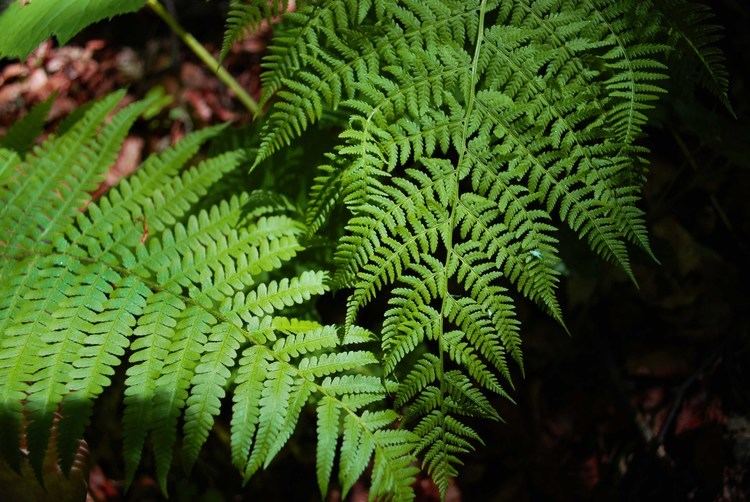
The classification of Christenhusz and Chase (2014) dramatically reduced the number of families recognized in the group by expanding the circumscription of Aspleniaceae and Dryopteridaceae to encompass all of eupolypods I and II, respectively. In the new Aspleniaceae, the former Cystopteridaceae, Rhachidosoraceae, Diplaziopsidaceae, Aspleniaceae, Thelypteridaceae, Woodsiaceae, Athyriaceae, and Blechnaceae became subfamilies Cystopteridoideae, Rhachidosoroideae, Diplaziopsidoideae, Asplenioideae, Thelypteridoideae, Woodsioideae, Athyrioideae, and Blechnoideae, respectively. The former Hemidictyaceae were included in the Asplenioideae, and the Onocleaceae in the Blechnoideae. In the new Polypodiaceae, the former Hypodematiaceae, Dryopteridaceae, Lomariopsidaceae, Tectariaceae, Oleandraceae, Davalliaceae, and Polypodiaceae became subfamilies Hypodematioideae, Dryopteridoideae, Lomariopsidoideae, Tectarioideae, Oleandroideae, Davallioideae, and Polypodioideae respectively. Didymochlaena was placed in its own subfamily, the Didymochlaenoideae.
The PPG I classification (2016) largely returned to the families set out by Christenhusz et al. in 2011. In lieu of the expansion of Aspleniaceae and Polypodiaceae, it divided Polypodiales into six suborders to allow taxonomic recognition of the eupolypod clades:
The following diagram shows a likely phylogenetic relationship between the families of the Polypodiales, based on the PPG I classification.
Obsolete families
Now-obsolete families of Polypodiales include:
